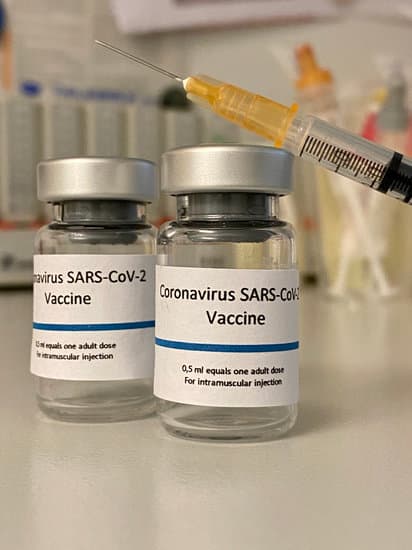

There are only 40,000 ions in this simulated cross-section, so the boundary between salted and unsalted meat is rough. In this 2-D simulation, the frantic red dots represent salt ions randomly walking into either a rectangular slab of meat, or a cylinder. Eventually, this random walk uniformly fills the entire slab of meat, erasing any evidence of the unsalted meat. And stumble out- they wander aimlessly into every nook and cranny. Instead, they simply randomly bounce around, driven by thermal fluctuations, eventually stumbling into the center. The salt ions do not "sense" there is a large hunk of unsalted meat in the center and are "drawn in" to fill the void.

Heat, salt ions and food dye all move through a solid by diffusion. The stadium is merely an analogy, here's the science. True, a few fans reach their seats on the field just as quickly in either scenario, but there is a factor of two difference in time filling the entire stadium. Think of a sports arena: if you only open the East and West gates, the stadium fills half as fast as when you also unlock the North and South. a tenderloin), salt enters from FOUR sides, and thus saturates the meat twice as quickly. But in a cylinder or square cross-section (e.g. a brisket, ignoring the ends), salt mostly enters from the top and bottom. But when curing, we care more about the time for the entire hunk of meat to fully saturate with salt, rather than how long it takes for the first ion to cross the "finish line". The first few salt ions end up in the center at around the same time. After all, to reach the center, salt has to travel the identical distance from the surface.Īnd you are partly correct. You might wonder why the projected cure time is around half as long for a cylinder of meat, as compared to a flat slab of the same thickness. Or follow me on twitter for (very occasional) alerts of new food science postings at the practice of all-things barbecue, we appreciate the support and conversations with Meathead at, Sterling at BigPoppaSmokers, along with numerous competition pitmasters and backyard chefs. But the actual time depends on how much brine you inject, uniformity of injection, etc.)Īdditional articles on kitchen science can be found HERE. If you inject every inch or so, then input two inches in the calculator meat "thickness" to estimate the cure time. (If cure time is longer than 10 days, consider injecting the brine to speed up the process. (this is the minimum time- add 20% to fully cure to center) 1.5 lbs not 1 ½ lbs)Īmount of distilled or boiled water in brineįirst, enter amount of water in BLUE box as a decimal (e.g. Not applicable for sausages and other ground meatsįirst, enter amount of meat in RED box as a decimal (e.g. If you are looking for our salt brine calculator, click here Before using this nitrite curing calculator, please read this article on nitrite curing safety


 0 kommentar(er)
0 kommentar(er)
